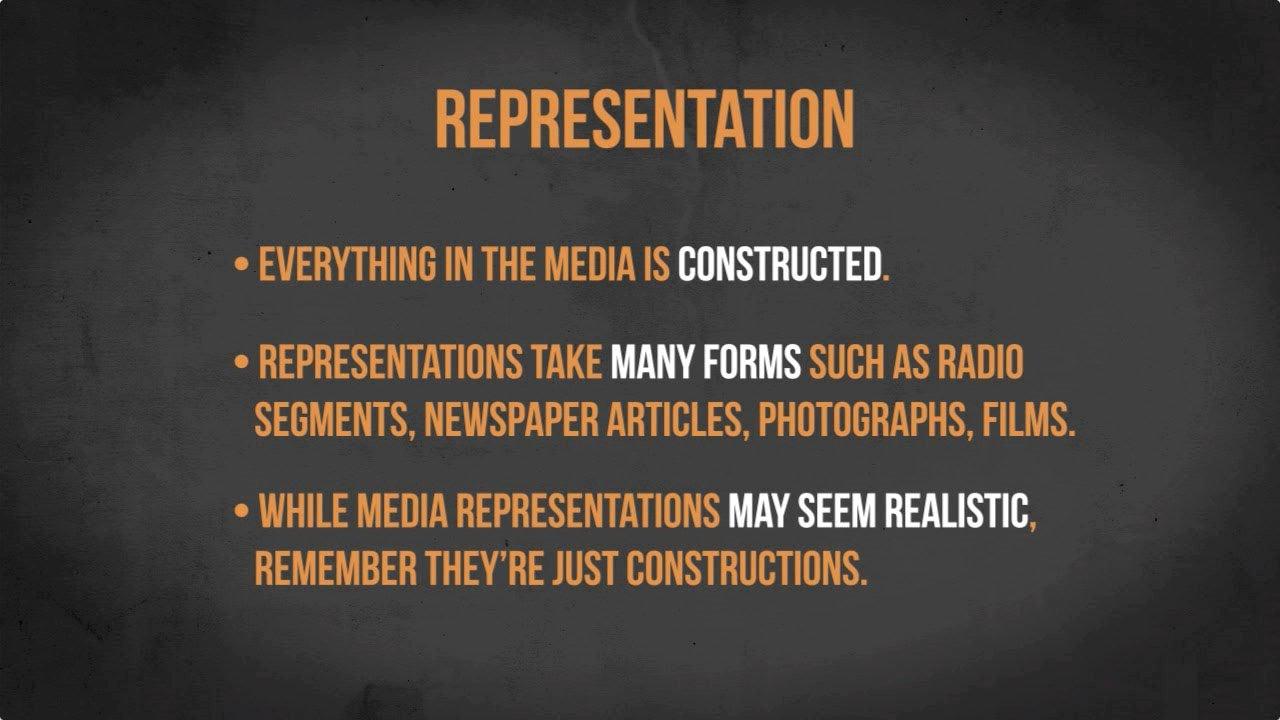Within the vast landscape of cinematic storytelling, the game of golf has emerged as a multifaceted subject, lending itself to a diverse range of cinematic narratives. This scholarly article delves into an extensive analysis of golf depictions in cinematic works, illuminating the multifaceted representations of this enigmatic sport on the silver screen. Through the lens of cinematic narratives, we explore the historical evolution of golf representations, examining how they have mirrored and shaped societal perceptions and attitudes towards the game.
Golf as a Metaphor for Socioeconomic Struggles
Within the realm of cinematic narratives, the portrayal of golf frequently transcends its role as a mere sport. Instead, it emerges as a resonant metaphor, reflecting the intricate dynamics of socioeconomic struggles. Golf courses, with their meticulously manicured greens and towering trees, mirror the deceptive facade of wealth and privilege that often masks underlying tensions.
The game itself, with its elaborate rules and strict social hierarchy, parallels the invisible barriers that perpetuate inequality. The boundaries of the golf course symbolize the limits imposed on the underprivileged, while the possession of expensive equipment represents the exclusive access to resources that maintains social stratification. As characters navigate the obstacles of the course, they encounter obstacles that mirror the challenges they face in their everyday lives.
Moreover, the disparity between the lavish clubhouse and the humble caddy’s shack encapsulates the economic divide separating the elite from the working class. The omnipresent caddies, who serve as both guides and companions, witness the gulf that separates their own aspirations from the unattainable dreams of the wealthy golfers. Their presence on the fringes of the game underscores the power imbalance that permeates society at large.
Challenging Exclusionary Narratives: Golf and Inclusivity
Cinema has played a significant role in shaping cultural perceptions of golf. For decades, films have depicted the sport as an exclusive pastime reserved for an elite few. These depictions have reinforced notions of exclusivity and privilege, creating barriers to entry for marginalized communities. However, recent years have witnessed a shift, as films increasingly challenge these exclusionary narratives and promote inclusivity in golf.
One notable example is the documentary “The Range,” which explores the experiences of Black golfers in the United States. The film highlights the systemic racism and discrimination faced by Black golfers throughout history, but also celebrates the resilience and determination of those who have broken down barriers. Through interviews with pioneers such as Charlie Sifford and Ann Gregory, “The Range” challenges the traditional image of golf as a white-only sport and calls for greater diversity and inclusion.
Another significant development is the increasing visibility of women and girls in golf-related films. In the past, women were often portrayed as mere spectators or accessories in golf movies. However, films such as “The Short Game” and “Albatross” have foregrounded the experiences of female golfers, showcasing their skills and aspirations. These films break down stereotypes and empower young girls to pursue golf and other traditionally male-dominated sports.
Sport as a Cultural Construct: Golfs Reflections of Identity
Representations of the Game: An Analysis of Golf Depictions in Cinematic Narratives
Golf, with its deeply ingrained cultural significance, has long been a subject of cinematic fascination, with filmmakers exploring its complex social and psychological dimensions. From the elitist exclusivity of Augusta National in Caddyshack (1980) to the social critique of Happy Gilmore (1996), golf has served as a canvas for both satire and societal commentary.
The Game of Power and Privilege:
Cinematic depictions of golf often reflect the sport’s historical association with wealth and status. Films such as The Greatest Game Ever Played (2005) and Tommy’s Honour (2016) depict the sport as a realm where privilege and power reign supreme. Golf courses and country clubs become symbols of social hierarchies, with access granted only to the elite. These narratives highlight the enduring connections between sport, power, and class distinctions.
The Hero’s Journey of Redemption:
Golf has also been portrayed as a catalyst for personal growth and redemption. Films like Tin Cup (1996) and The Short Game (2013) follow the stories of underdogs who overcome seemingly insurmountable obstacles to achieve golfing glory. These narratives celebrate the power of perseverance and the transformative potential of sport, demonstrating how golf can serve as a metaphor for overcoming adversity and achieving personal fulfillment.
| Film | Year | Theme |
|---|---|---|
| Caddyshack | 1980 | Satire of golf’s elitism and social hierarchy |
| Happy Gilmore | 1996 | Social critique of golf’s commercialization and the pursuit of fame and fortune |
| The Greatest Game Ever Played | 2005 | Historical drama depicting the power and privilege associated with golf |
| Tommy’s Honour | 2016 | Biographical film exploring the social and class distinctions within the world of golf |
| Tin Cup | 1996 | Uplifting story about an underdog golfer who overcomes adversity to achieve redemption |
| The Short Game | 2013 | Documentary following child golfers in a competition, celebrating perseverance and the transformative power of sport |
Framing the Female Perspective: Gendered Representation in Golf Cinema
The representation of the female perspective in golf cinema is a crucial topic that requires further examination. Golf is a traditionally male-dominated sport, and this gender disparity is reflected in the portrayal of women in golf films. Female golfers are often depicted as either hypersexualized or asexual, limiting their portrayal as athletic, skilled competitors.
One notable example is the film Tin Cup (1996), which features a male protagonist who struggles to succeed in golf. The female characters in the film are primarily defined by their relationships to the male characters, reinforcing conventional gender roles. While the film includes a female character who is a talented golfer, her primary function is as a romantic interest for the protagonist, rather than a fully developed athletic character in her own right.
To address these imbalances in representation, future golf films should prioritize authentic portrayals of female characters. This includes showcasing women as skilled athletes, exploring their unique experiences in the sport, and challenging gender stereotypes. By doing so, filmmakers can contribute to a broader understanding of women’s roles in golf and in society as a whole.
Recommendations for Equitable and Nuanced Depictions
To achieve more equitable and nuanced representations, filmmakers must challenge stereotypes, diversify narratives, and prioritize authenticity. Stereotypes should be avoided, depicting golfers from various backgrounds and abilities to reflect the diversity of the sport. Narratives should be diversified to explore the perspectives of women, people of color, and golfers with disabilities, showcasing the range of experiences within the game. Moreover, authenticity should be prioritized by consulting with diverse golfers, using real-life stories, and ensuring that depictions are respectful and accurate.
By fostering inclusivity, filmmakers can create representations that resonate with a wider audience. Golfing environments should be depicted as welcoming to people of all backgrounds, promoting a sense of belonging. Characters should exhibit positive attitudes towards diversity, challenging biases and fostering a culture of respect. Storylines should explore the societal factors that shape golfing experiences, such as race, gender, and socioeconomic status, providing a deeper understanding of the complexities of the sport.
Educational initiatives can further enhance equitable depictions. Filmmakers and educators can collaborate to develop curriculum materials that explore the history and representation of golf in cinema. Workshops and training sessions can provide filmmakers with the skills and knowledge needed to create more inclusive and nuanced representations. By fostering a culture of learning and dialogue, we can empower filmmakers to create more authentic and impactful narratives.
Outro
This article has delved into the multifaceted representations of golf in cinematic narratives, offering a comprehensive analysis of the game’s portrayal and its implications within the context of film. By examining a diverse range of examples, it has illuminated the ways in which golf can serve as a metaphor for masculinity, class, race, and social mobility.
The findings of this study have contributed to a deeper understanding of the cinematic representation of sports and have highlighted the complex narratives and themes that can be explored through the depiction of golf. Furthermore, the interdisciplinary approach adopted in this analysis provides valuable insights for scholars in areas such as film studies, cultural studies, and sports sociology.
As the cinematic landscape continues to evolve, it remains to be seen how golf will be further represented in future narratives. However, the profound impact of cinematic depictions on public perception suggests that the game will continue to play a significant role in shaping societal attitudes and understandings of golf and its place in culture.





